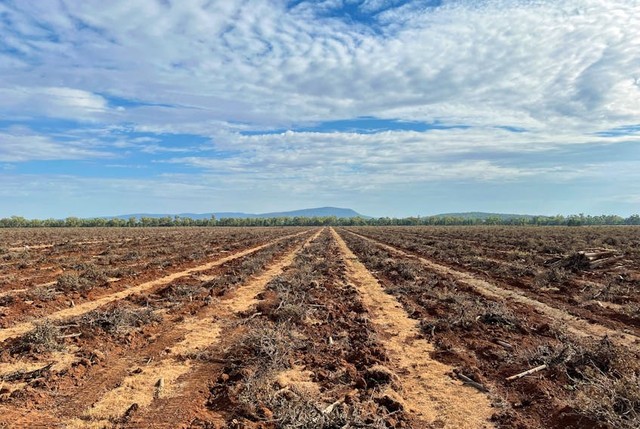Nông Dân Úc Struggle as Vineyards are Destroyed

Australian farmers are being forced to uproot millions of grape vines and halt the planting of tens of millions more in an effort to curb overproduction. This overproduction has led to a significant drop in wine prices, threatening the livelihoods of grape growers and wine producers.
The Downturn in Wine Consumption
The decline in global wine consumption has had a severe impact on Australia, as red wine is the country’s largest wine product. It has also witnessed the steepest decline in demand, especially in China, which has become its largest market in recent years.
Recent data shows that the world’s fifth-largest wine exporter is currently sitting on over two billion liters of wine, equivalent to about two years’ worth of production. Some of it has even spoiled as owners hastily dispose of it in any way possible.
Desperate Measures
James Cremasco, a fourth-generation farmer, laments, “We can only continue farming for a very short period and are suffering heavy losses.” Cremasco is heartbroken seeing yellow excavators tearing down the vineyards planted by his ancestors near the town of Griffith in southeastern Australia.
Around two-thirds of Australia’s wine grapes are grown in inland areas such as Griffith. The landscape owes its existence to the vineyard cultivation techniques brought by Italian immigrants in the 1950s.
However, as major wine producers like Treasury Wines and Accolade Wines focus on selling more expensive bottles, the regions surrounding Griffith are struggling. It is not uncommon to see unharvested, withered grapes hanging from the vines.
Andrew Calabria, a third-generation vineyard owner and wine producer at Calabria Wines, reveals that it feels like “an era is ending.”
“Now, when farmers look out the window behind their homes, instead of seeing long-established vineyards, all they see is empty land,” he says.
The Effect on Wine Prices
Red wine has been hit the hardest. According to Wine Australia, in areas such as Griffith, the price of wine grapes dropped to an average of AUD 304 ($200) per ton last year, the lowest in decades and down from AUD 659 ($438) in 2020.
The Australian government predicts that prices will continue to decline this year. They acknowledge the significant challenges faced by grape growers and have pledged support to the industry. However, many growers feel that the government could do more to help.
Cremasco reveals that some of his red grapes are sold for just over AUD 100 ($66) per ton.
Jeremy Cass, chairman of Riverina Winegrape Growers, a farming group in the region, says that a quarter of the grapevines in areas like Griffith need to be uprooted to rebalance the market and increase prices.
This would mean destroying more than 20 million vines spread across 12,000 hectares (30,000 acres), accounting for approximately 8% of Australia’s total grape-growing area.
Growers and wine producers in other regions have also been forced to discard their vines.
Global Wine Glut
Health concerns have led consumers worldwide to reduce their alcohol consumption, and when they do indulge, they opt for pricier bottles. This has also affected other major wine producers like Chile, France, and the United States, who are struggling with excess supply. Even prestigious regions like Bordeaux have had to uproot thousands of hectares of vineyards.
When China ceased imports due to political tensions in 2020, Australia lost its largest and most valuable wine export market. Unlike Europe, Australia does not provide financial assistance to farmers to help them dispose of surplus grapes and wine.
Although China is expected to resume imports this month, it will not solve the oversupply issue, as demand there has decreased at a much faster rate compared to other regions.
Wine priced below AUD 10 ($6.60) per liter – predominantly made from grapes grown in regions like Griffith – accounts for two-thirds of Australia’s $1.9 billion wine export market as of December 2023.
Seeking Alternative Crops
Some areas are faring better, such as Tasmania and the Yarra Valley in Victoria, where the production of premium white and lighter red wines is gaining popularity.
However, in Griffith, there are now countless tanks storing thousands of liters of unsold wine.
“People are trying to get rid of wine,” says Bill Calabria, Andrew’s father. He adds that wineries are practically giving it away to make room for new product lines.
Many growers are now turning to crops such as stone fruit and nuts instead of uprooting their loss-making grapevines.
Cremasco hopes to make a greater profit from the cherry trees he is cultivating on his unused land, while GoFARM has replaced its vines with over 600 hectares (1,500 acres) of almond trees nearby.
Cremasco says, “There won’t be another generation of grape growers.”
